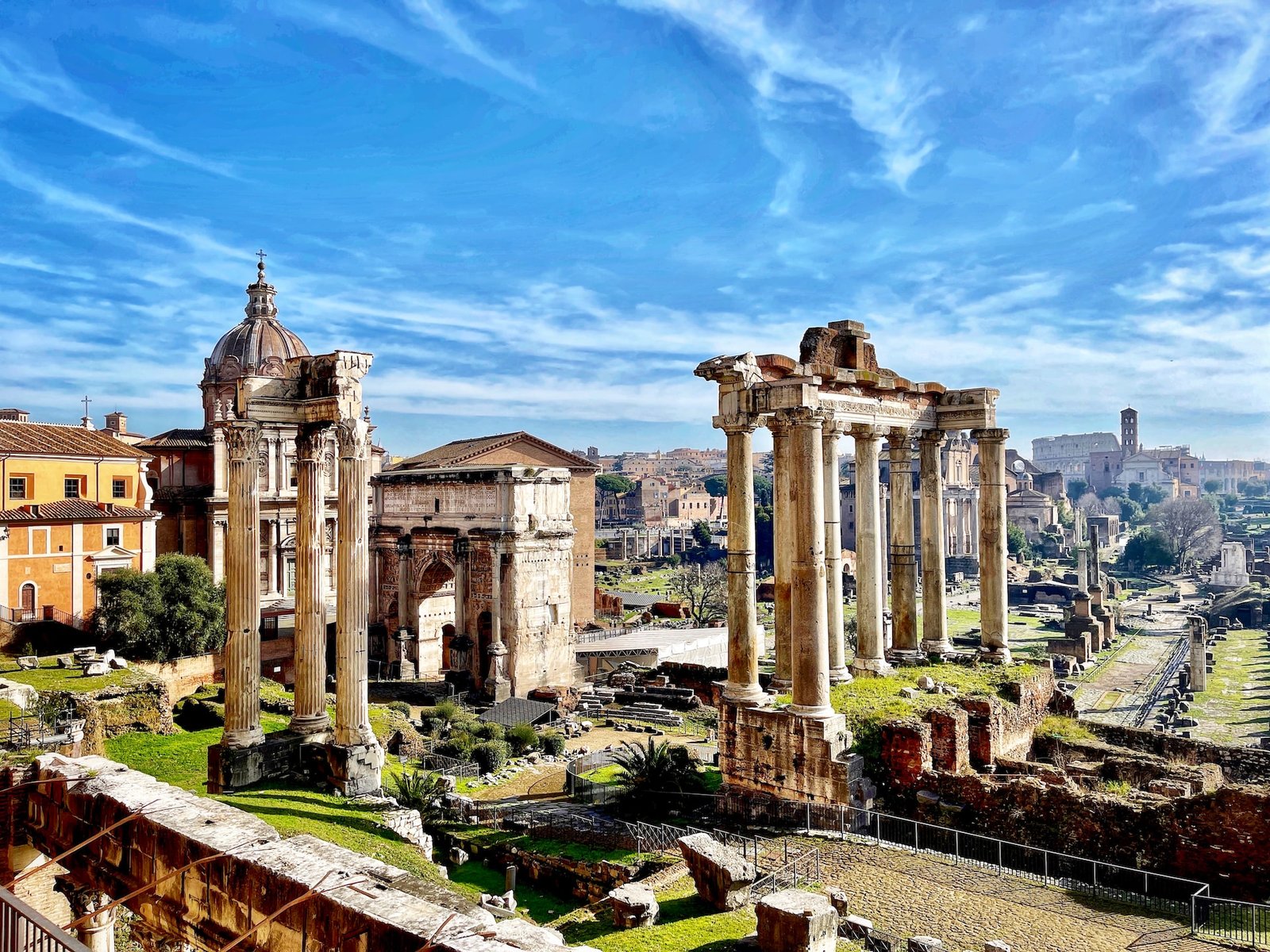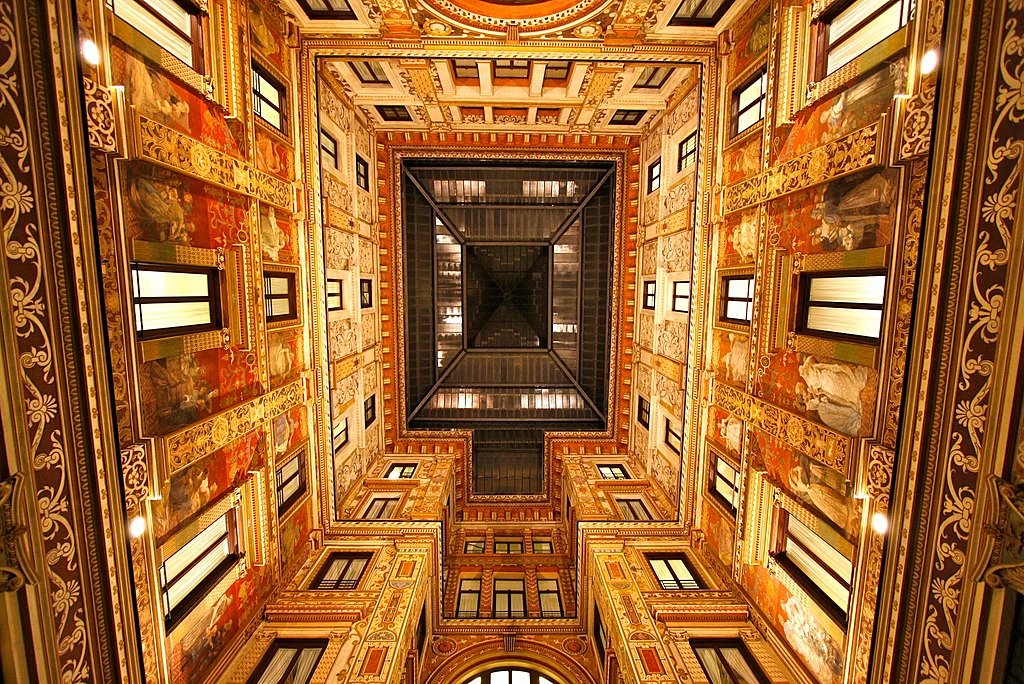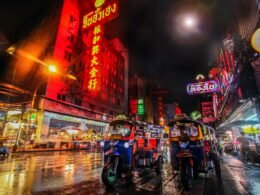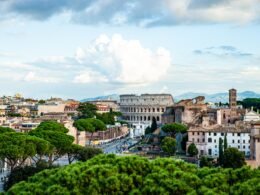Rome is one of the most popular tourist destinations in the world, and it’s not hard to see why. The city has a rich history and culture, as well as some of the best attractions in all of Europe. There’s the Colosseum, Vatican City, The Pantheon, and The Roman Forum to name just some of the reasons why millions of tourists flock to Rome. But, there is so much more to this historical city.
Thinking outside the box, we’re going to show you some of the best unusual things to do in Rome.
1. The Mouth of Truth
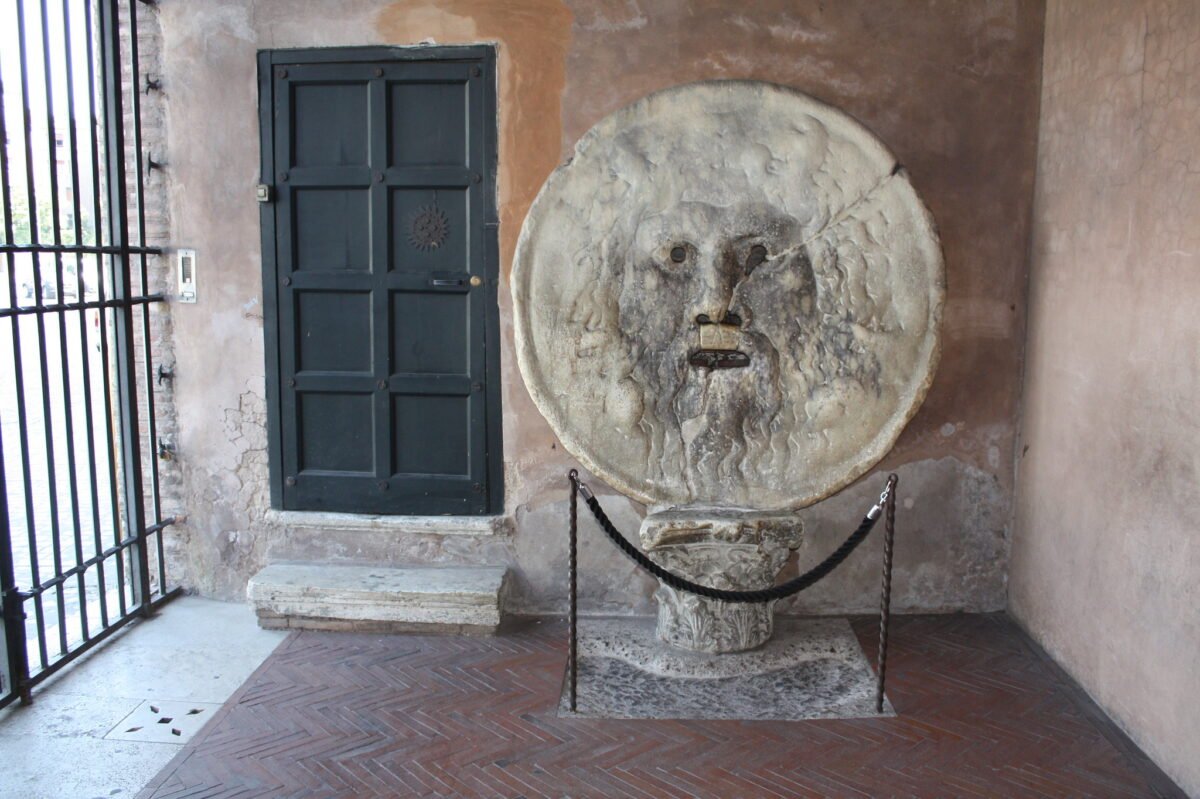
The Bocca della Verità, or The Mouth of Truth, is an interesting piece of Roman history that you won’t want to miss. According to medieval legend, this large marble mask will bite off the hand of any liar when they put their hand inside its mouth.
Film fans may recognise The Mouth of Truth from the 1953 classic Roman Holiday, starring Audrey Hepburn and Gregory Peck. It was thanks to a scene in the film that is shot here that it has become such a popular attraction. Tourists can pay €2 to put their hand in inside and take a picture here.
The Mouth of Truth can be found at the Piazza della Bocca della Verità. It’s outside the doors of the Basilica di Santa Maria in Cosmedin.
2. Galleria Sciarra
A two-minute walk from the tourist hotspot that is the Trevi Fountain, you’ll find one of Rome’s best hidden gems. The Galleria Sciarra is a stunning courtyard with each wall covered in colourful frescoes painted by artist Giuseppe Cellini in the late 1800s. Cellini’s paintings celebrate the ‘Glorification of Women’, designed to symbolise female virtues including strength, patience, and mercifulness.
During the day, sunlight pours in from the glass and iron ceiling of this breathtaking courtyard for visitors to enjoy the amazing Art-Nouveau-style works. Equally, warm lights turn on when the sun goes down so that the galleria bathes in beautiful light. So whether you see the galleria day or night, it looks incredible.
3. The Dome Illusion at Sant’Ignazio Church

Rome is full of beautiful churches so it can be hard to narrow down a select few to visit. However, the Sant’Ignazio church should certainly be on your list because of its inventive flat ceiling.
When the church was being built in the 1600s it was supposed to have an impressive dome. But, when they ran out of money, painter Andrea Pozzo created a life-sized illusion of a dome that still wows visitors to this day. Pozzo also painted an illusion on the main ceiling of the church, depicting the life and works of Saint Ignatius.
To fully appreciate the illusion of the dome and the rest of the incredible ceiling there are markers laid out on the floor for you to follow.
4. The Catacombs of St Callixtus

While the idea of visiting Catacombs may seem a bit spooky, they can also be fascinating. Rome has five Catacombs across the city, but the Catacombs of St Callixtus are the biggest burial site in Rome. There is some 20 km of underground tunnels, dating back to the 2nd century AD. It is one of the most significant Christian burial sites in Rome.
The catacombs of St Callixtus house some incredible tunnels with ancient frescos in some of the wealthiest chapels. Plus there’s the impressive statue of St Cecilia and the resting place of many Popes, which is appropriately named the ‘Little Vatican’.
You will be taken on a fascinating guided tour where you will learn all about the history of the famous Catacombs.
5. Campo dei Fiori flea market

If you love a bargain, head to one of Rome’s oldest and most popular flea markets – the Campo dei Fiori. Located at Piazza Campo dei Fiori, this flea market boasts lots of stalls selling fresh flowers, fruit and vegetables. You can also pick up everything from clothes to art, and everything in between. It’s a great place to do some unique shopping on your trip to the city.
Piazza Campo dei Fiori also has plenty of cafés, bakeries, restaurants and cocktail bars creating a vibrant atmosphere. You can experience a true taste of Italy right here. In fact, it’s a popular evening meeting spot for locals and tourists due to its great bars and restaurants.
6. Cinecittà Studios

If you’re a fan of the movies, make sure to pay a visit to the iconic Cinecittà Studios. These studios have produced some of Hollywood’s most memorable films over the years, including Ben-Hur, Doctor Zhivago, Roman Holiday and La Dolce Vita.
Over 3,000 films have been shot or produced here with at least 51 of them having won Oscars. It’s a fascinating place to visit and will give you a glimpse into the world of film-making.
Cinecittà Studios is easy to travel to from Rome city centre via public transport. You can book tickets for their fantastic film exhibition, detailing all the famous films that were shot here and you can take a tour of the outdoor film sets too.
7. Borghese Gallery, Villa Borghese Park
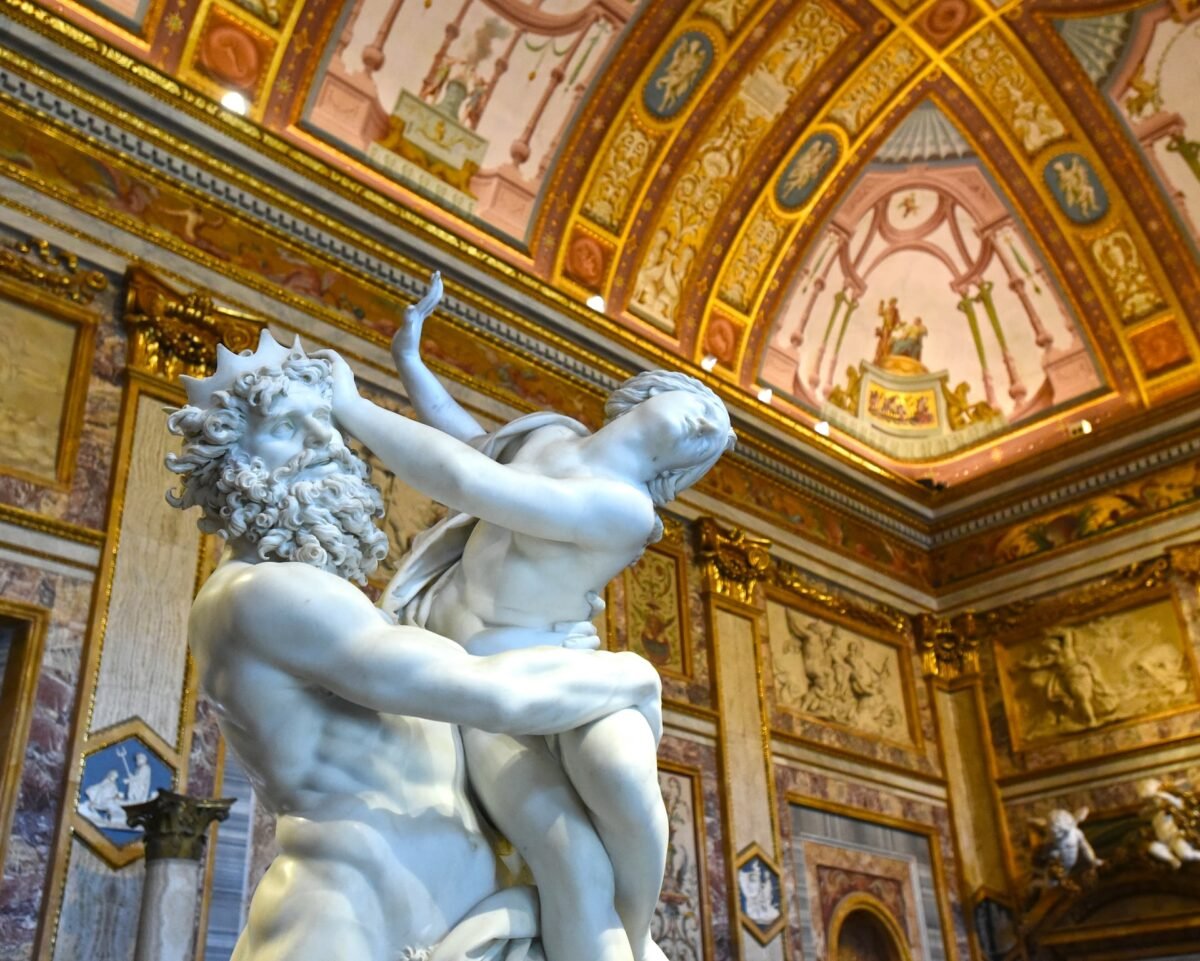
The Borghese Gallery is a beautiful museum located on Via Pinciana in the Villa Borghese Park. It’s the largest art gallery in Rome and home to some of the greatest works of art in the world. Art lovers can explore lots of amazing art here, without the large tourist crowds.
The sprawling gallery has twenty rooms of art consisting of antiques, sculptures, and paintings. There are several well-known works on display here including pieces from the Renaissance period such as the statues ‘Apollo and Daphne’ by Bernini. Plus, there are paintings by Leonardo da Vinci, Raphael, and Rubens.
While you’re here the Villa Borghese Park is well worth exploring. It is the largest park in Rome and features a number of villas, pavilions, sculptures, fountains, and a boating lake. The Bioparco, the zoo of Rome is also located here.
8. Santa Maria della Concezione Crypts

Another slightly spooky addition to our list is Santa Maria della Concezione Crypts. The crypts are an underground series of chapels that contain the tombs of some 4,000 Capuchin friars. There are several different sections of these crypts, each of which is decorated, quite incredibly, with the bones of the friars.
The bones have been carefully put together to create stunning artworks to celebrate the lives of these friars. It’s such a compelling site that Mark Twain even wrote about it in his 1869 book, Innocents Abroad. Speaking of one of the friars he said “The reflection that he must someday be taken apart like an engine or a clock…and worked up into arches and pyramids and hideous frescoes did not distress this monk in the least. I thought he even looked as if he were thinking, with complacent vanity, that his own skull would look well on top of the heap and his own ribs add a charm to the frescoes which possibly they lacked at present ”.
9. The Aventine Keyhole

In the southwestern part of Rome lies Aventine Hill, one of the oldest and most historic parts of the city. It is one of the Seven Hills on which Rome was built. Upon the hill there is an intriguing, alternative tourist attraction that offers something very special. The Aventine Keyhole or The Keyhole of the Knights of Malta is a keyhole that when you look through it, it perfectly frames the view of Saint Peter’s Basilica.
The best way to get to The Aventine Keyhole is by walking. Jump on the metro to Circo Massimo station which is at the bottom of Aventine Hill. The walk to the keyhole is about ten minutes uphill from here.
10. Quirinale Palace
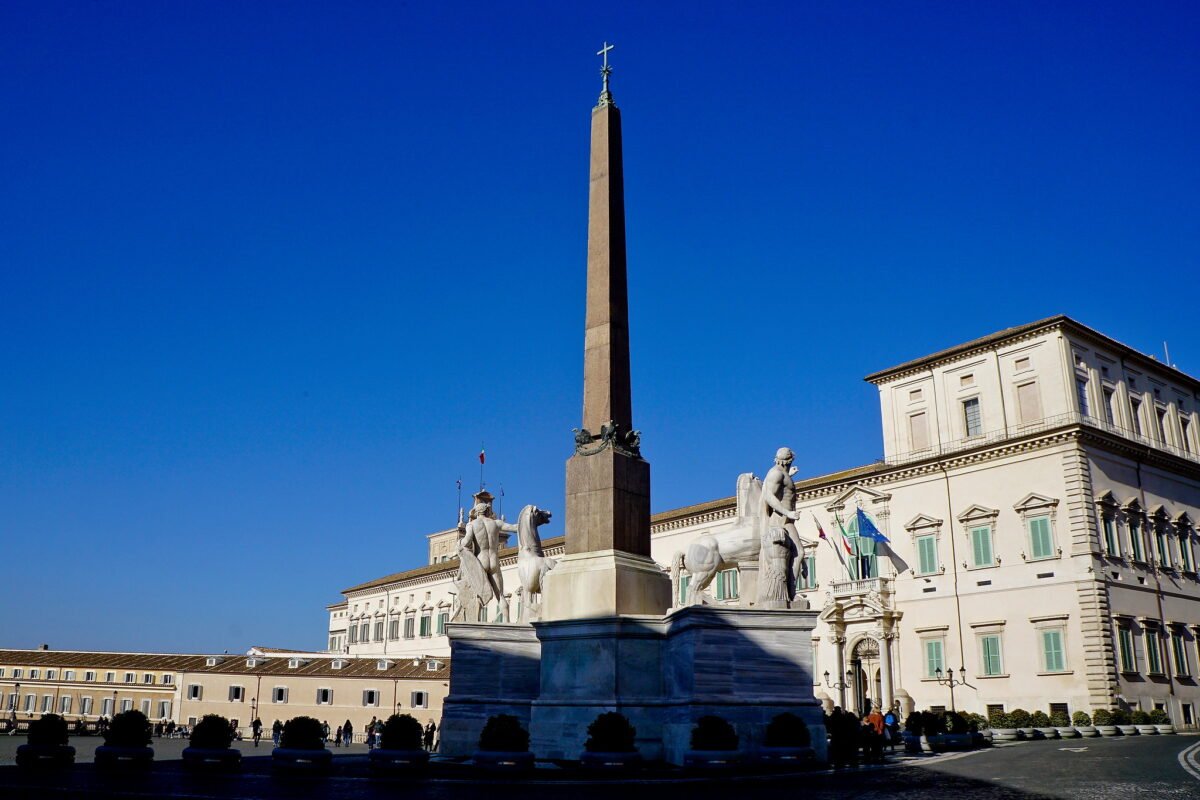
The Quirinale Palace is one of three official residences of the Italian President and is located in the very heart of the city. You can book a tour of the palace to see the ornate State Rooms and stunning gardens. It’s worth noting that you’ll need to book at least 5 days in advance.
As the sixth largest palace in the world, it boasts over 1,200 rooms and has been home to four kings of Italy, 30 popes, and 12 presidents. It’s the perfect place to see if you want to get a true sense of Italian culture.
If you plan your visit on a Sunday then you can also watch the prestigious Changing Of The Guard. The impressive spectacle takes place every Sunday afternoon at 6 pm from June to September and at 4 pm throughout the rest of the year.
11. The Jewish Ghetto
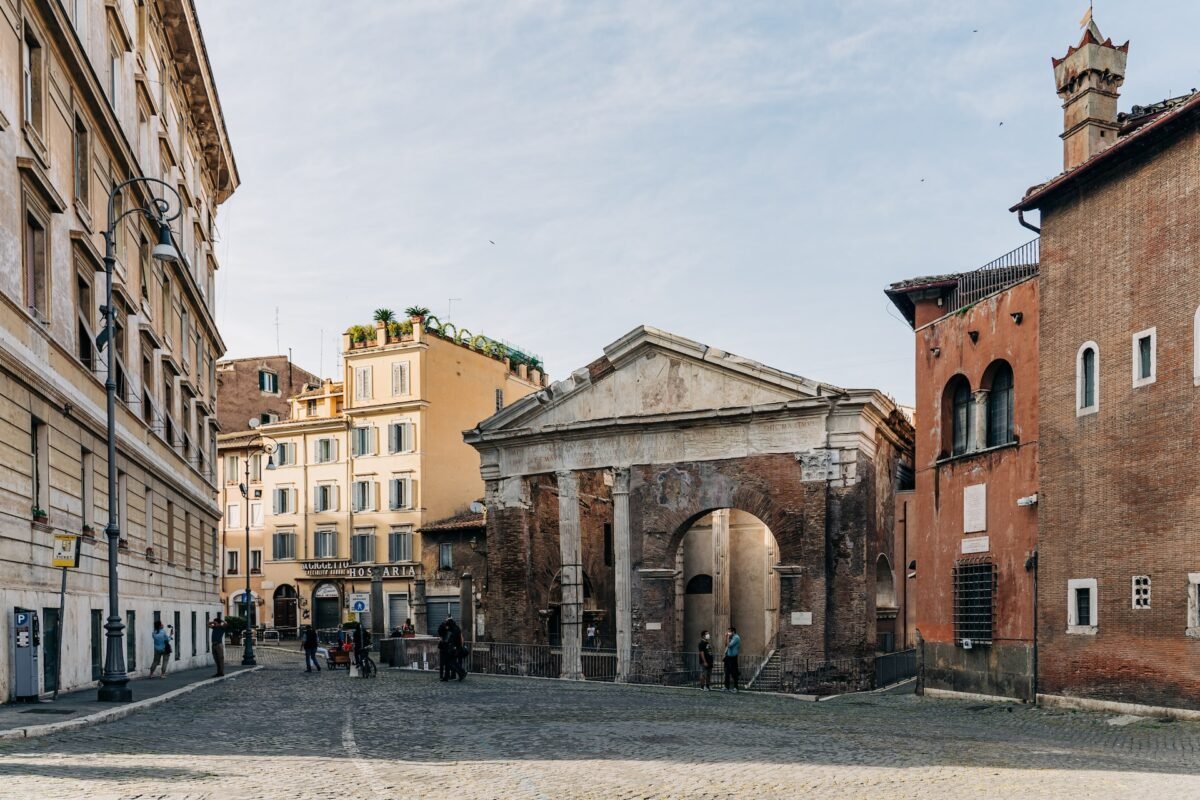
The Jewish Ghetto, otherwise known as the Roman Ghetto, is one of the most atmospheric neighborhoods in Rome. The area is home to many of the city’s best-preserved historic buildings, including the Synagogue and the Portico d’Ottavia monument. Once home to Rome’s largest Jewish community, you can still see traces of their history throughout the city today.
If you’re interested in learning more about the history of the area you can take a guided tour with an expert guide. They can point out all of the important landmarks and explain some of the more unusual details behind the events that shaped the neighborhood.
The Jewish Ghetto is largely overlooked by tourists who instead visit the city’s main attractions. So, escape the crowds and discover another part of Rome that is steeped in history.
12. The Pyramid of Cestius

Did you think that you’d be able to see an ‘Egyptian’ Pyramid on your trip to Rome? Probably not, but it’s certainly worth visiting! This Roman-era pyramid dates back to approximately 18–12 BC and stands at about 120 ft tall. It was built as a tomb for a wealthy Roman (Gaius Cestius Epulo, the son of Lucius, of the tribe of Pobilia) who was clearly an admirer of the original Egyptian pyramids.
Although you cannot enter the pyramid, you can get up close to its exterior. On one side there’s quite a lot of traffic but for a better view, you can enter the Protestant Cemetery on the northwest side.
13. St. Valentine’s Skull
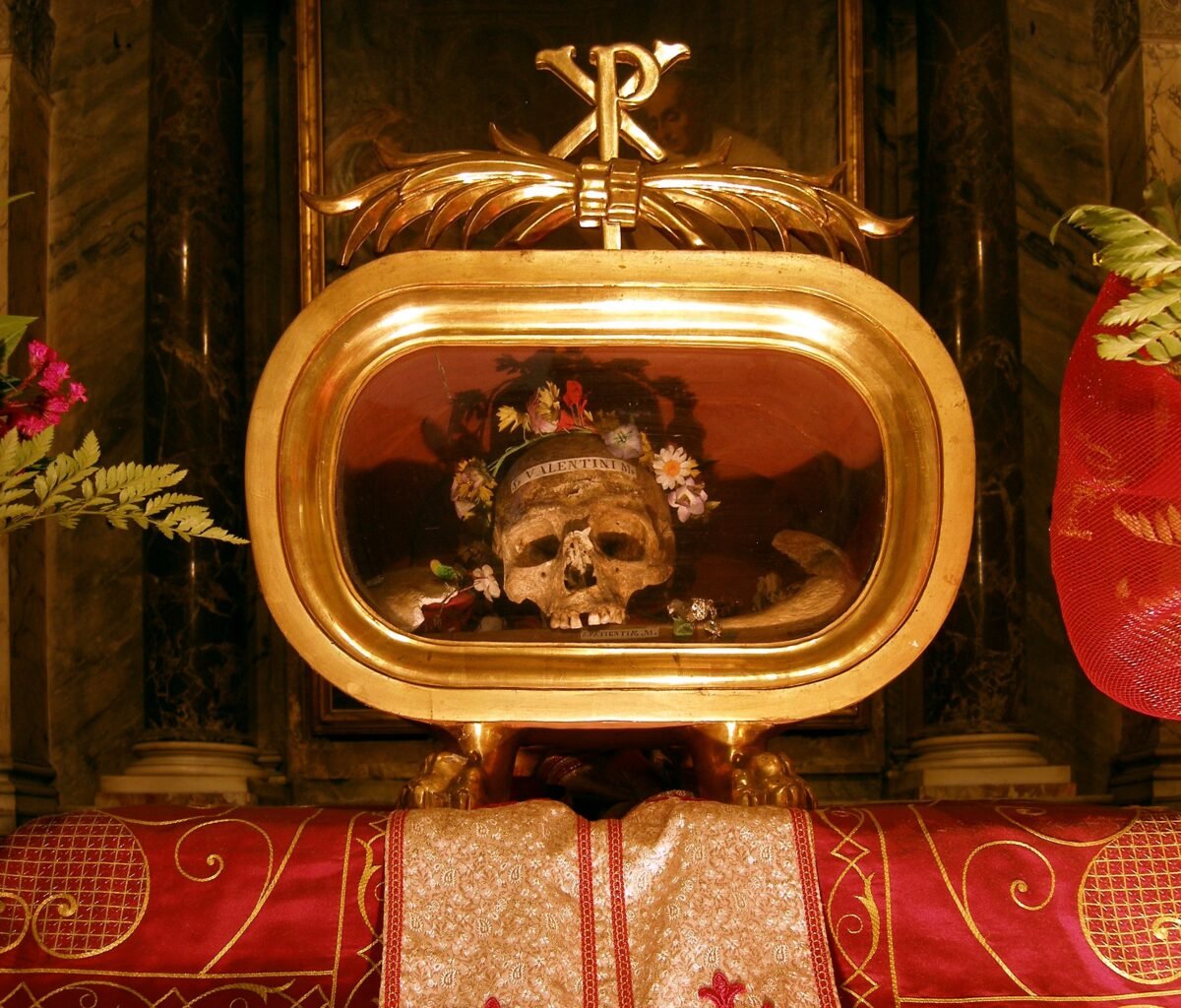
The idea of St. Valentine typically conjures up thoughts of romance with Western society celebrating Valentine’s Day on 14 February each year. However, the truth behind St. Valentine is hard to come by. It is widely believed he was a 3rd-century Roman saint and that his skull resides in Rome’s Basilica di Santa Maria in Cosmedin (the same church where you’ll find The Mouth of Truth outside).
However, the story and myths surrounding St Valentine are complex. There are many places around the world that believe they house some of the saint’s body parts, including Madrid, Dublin, and Prague. So, although we can’t know for sure whose skull lies in this Roman church it still makes for an interesting stop on your trip. You can take a look at the skull for yourself, in the side altar on the left side of the church.
14. Quartiere Coppedè

In Northern Rome, there’s a fantastically quirky district called Quartiere Coppedè. The area is named after architect Gino Coppedè who worked on creating the stunning buildings in the area, up until his death in the 1920s. There is a big mix of styles in the buildings from Roman Baroque, Ancient Greek, Medieval, and Art Nouveau, which make up the eclectic district.
In fact, the surroundings are so unique and beautiful that they have been used in a number of films such as House of Gucci, The Omen, and Inferno. There’s even an outdoor chandelier, which you can find at the entrance to the neighborhood at Via Tagliamento.
Final Thoughts
As you can see, Rome is full of hidden gems. It’s the perfect city to go off the beaten track and escape the tourist crowds. Wherever you go in Rome, at every turn there’s something fascinating to see and explore.






